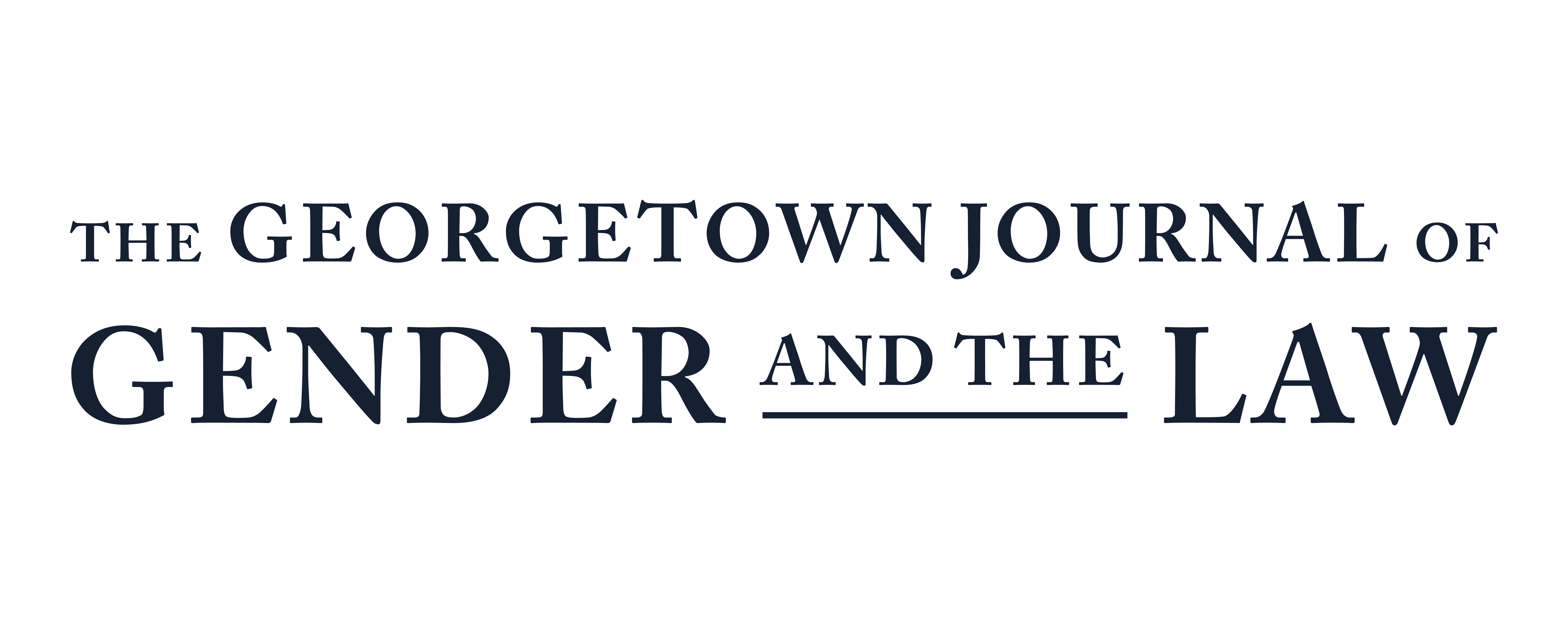What's so Exceptional About Immigration and Family Law Exceptionalism? An Analysis of Canonical Family and Immigration Law as Reflective of American Nationalism
This story, this fight for a boy. It was about his mothers. It was about a law that grew from the deepest roots of their being.1
There isn’t much policy around this, Soli. Around getting children and parents like you back together. There’s no you-must-do-this for the courts to follow. Do you understand that? So, it’ll depend on the people who handle the court case. On the judge. On how they see you.2
Lucky Boy tells the story of two mothers, Soli Valdez and Kavya Reddy. A fictionalized account of Encarnación Bail Romero’s3 struggle to retain custody of her son after she was caught up in an immigration raid, the novel exposes the stakes involved when immigrant parents are caught up in the child welfare and immigration systems. After giving birth to a son in the United States, Soli is detained by United States Immigration and Customs Enforcement (ICE) and separated from her infant child. Opposite Soli is Kavya, a liberal, married woman who could not conceive a child through Artificial Reproduction Technology (ART). She asks to foster a child with her husband and falls in love with Nacho, Soli’s biological child. After Soli miraculously escapes from immigration detention, she “kidnaps” Nacho and returns to her home country. Kavya remains in the U.S., childless. However, the real Soli—Encarnación Bail Romero—suffered a much worse fate. She lost her child to the child welfare system and was deported back to Guatemala without him.4
Soli attempts to protest the termination of her parental rights from detention but soon discovers that she is unable to comply with the terms of her reunification plan because she is detained.5 Child Protective Services (CPS) workers often have little insight into the immigration system.6 Child welfare courts and agencies often refuse to aid immigrant parents in accessing the very programs that they are required to complete to get their children back.7 ICE in turn creates severe obstacles, despite directives to the contrary,8 for parents who wish to attend family court proceedings.
That these systems remain so inextricably connected, and yet posture as if they are separate, speaks volumes about American nationalism. Both immigration and family law espouse family unity as a foremost priority.9 Yet, when immigrant parents are caught up in immigration and child welfare proceedings, these systems collaborate to deprive parents of their rights to their children.
Subscribe to GJGL1. SHANTHI SEKARAN, LUCKY BOY 435 (G.P. Putnam’s Sons 2017).
2. Id. at 269.
3. Encarnación Bail Romero, a Guatemalan immigrant was arrested in Missouri in 2007 during an United States Immigration and Customs Enforcement (ICE) raid on her workplace. Encarnación Bail Romero’s son was placed in the custody of a sister and then a friend until ultimately, he was taken in by the Moser family. She fought for Carlos’ custody from immigration detention but lost because the court declared that she had abandoned her son while in detention. See Ginger Thompson, After Losing Freedom, Some Immigrants Face Loss of Custody of Their Children, N.Y. TIMES (Apr. 22, 2009), https://www.nytimes.com/2009/04/23/us/23children.html.
4. See Elizabeth Hall, Where are my Children. . . And my Rights? Parental Rights Termination as a Consequence of Deportation, 60 DUKE L.J. 1459 (2011); E.M.B.R. v. S.M., 134 S. Ct. 2878, 189 L. Ed. 2d 849 (2014) (Missouri Supreme Court denying review).
5. SEKARAN, supra note 1, at 267.
6. Seth Freed Wessler, Shattered Families: The Perilous Intersection of Immigration Enforcement and the Child Welfare System, APPLIED RESEARCH CENTER, (Nov. 2011) (“Often, attorneys, caseworkers and judges who work in the juvenile dependency and child welfare system know little about immigration law and policy.”).
7. See Marcia Yablon-Zug, Separation, Deportation, Termination, 32 B.C.J.L. & SOC. JUST. (2012), http://lawdigitalcommons.bc.edu/jlsj/vol32/iss1/4.
8. See ICE Detained Parents Directive, U.S. IMMIGRATION & CUSTOMS ENF’T, https://www.ice.gov/parental-interest (last updated May 8, 2018) (a non-binding ICE directive recommending “facilitating court participation in family court or child welfare proceedings,” “facilitating regular parent-child visitation and communication,” and “coordinating care or travel of minor child(ren) pending removal of a parent or legal guardian”).
9. See Monique L. Hawthorne, Comment, Family Unity in Immigration Law: Broadening the Scope of Family, 11 LEWIS & CLARK L. REV. 809, 810 (2007) (“Throughout history, the United States government has claimed to advocate a strong policy of family reunification.”).

